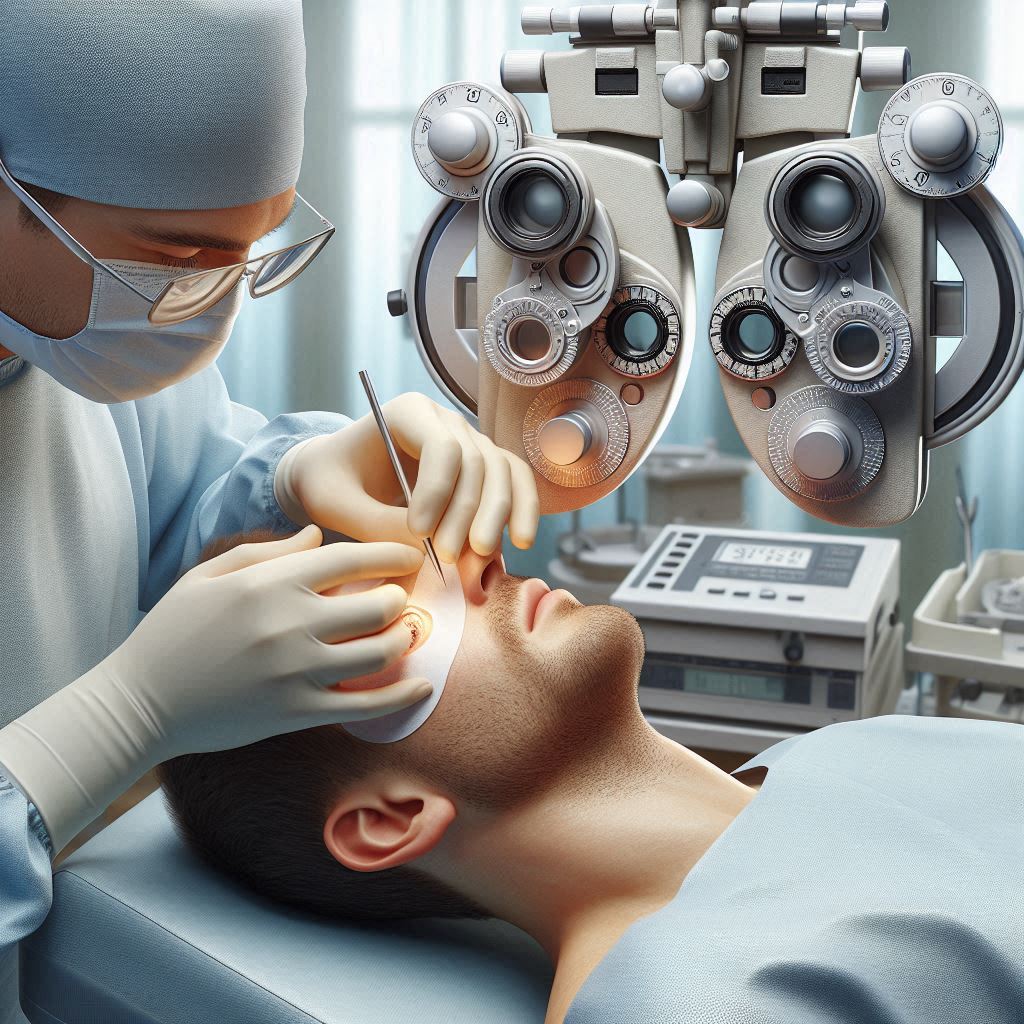
It has recently been found that new surgery techniques may be able to not only arrest but also boost your vision and provide you with relief from macular degeneration (for both the dry macular as well as the wet macular types).
But first, let’s see the group of people who are generally found to have AMD. Around 1.6 million Americans which are over the age of 50 have been seen to have the later stage of AMD. This figure includes people who are afflicted by geographic atrophy along with those who also have wet or exudative AMD. These statistics do not include the number of people who have been diagnosed with early and intermediate stages of AMD.
Preserving Your General Vision
Surgery involving Thermal Laser Photocoagulation has been practiced from the early ’70’s. There are many who feel that the use of traditional thermal laser procedures for people with wet AMD are still the better choice for people with clear and well-defined extrafoveal or juxtafoveal macular lesions.
Thermal laser surgery seeks to destroy those leaking blood vessels which are growing underneath your retina, and make the macula bulge in your eye, which ultimately damages it and distorts your vision. It is seen that this form of treatment is ideally suited for when these leaking blood vessels have not yet grown under your macula, but are found to be away from the center of your macula. The heat from the focused laser beam tends to destroy surrounding tissue as well, sometimes causing healthy tissue to be lost during the process, causing blind spots. In order to clear the leaking blood vessels found under your macula with the laser, damage would also be caused to the macula along with the leaking blood vessels. Due to this fact, just 15% of wet AMD patients qualify for laser surgery. Due to this fact, it is imperative that there should be early detection of wet AMD.
When you opt for thermal laser therapy, abnormal blood vessels are removed by focusing a hot beam of light on the retina. The procedure is generally done once, and shows good results. Dr. Ginsburg states that a patient’s vision is not likely to improve, but it also won’t get any worse. This therapy causes scarring, but people are unlikely to notice it. This procedure is ideally suited for patients with leaking vessels which are not in the central region of our retina.
Undergoing photodynamic therapy (PDT) involves using a cold laser to activate the chemical properties of a drug, which has been injected into you prior to the commencement of the operation. This drug tends to stick to your new blood vessels. The drug manages to close off your leaking vessels without causing any damage to your retinal area. With this treatment, more than one sitting is generally required, and there is loss of vision when your doctor shines a laser beam into the eye. Your doctor will also recommend something for the pain you may feel. You will need to do many follow-up visits, and may also need to go in for follow-up Fluorescein angiography tests.




